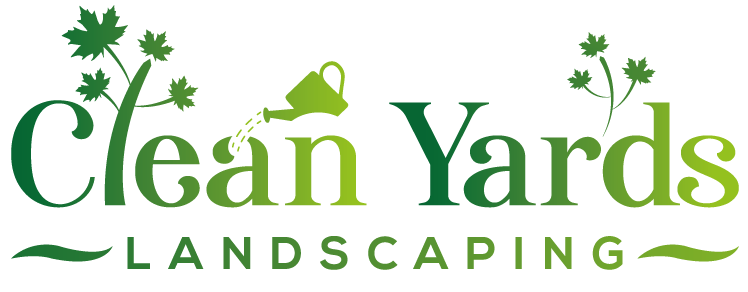Prevent Costly Embrun Flooding: Spring Drainage Fixes
Quick Guide to Spring Drainage:
- Understand why Embrun yards get soggy (snowmelt, rain, frozen ground, clay soil).
- Perform simple DIY checks: gutters, downspouts, grading, window wells, sump pump.
- Implement key fixes: Extend downspouts, improve grading, consider French drains/swales, maintain sump pump, plant rain gardens.
- Know when to call professionals for advanced solutions (catch basins, dry wells).
- Explore eco-smart options like rain gardens and barrels.
Is your Embrun property prone to becoming a swamp every spring? Don't let melting snow and spring rains lead to costly water damage. Taking proactive steps to ensure proper drainage can save you significant stress and expense.
Introduction: Don't Let Spring Showers Drown Your Embrun Home (or Wallet!)
Ah, spring in the Ottawa area! The giant snowbanks finally shrink, maybe you hear the first optimistic robin singing over in nearby Russell or Metcalfe, and the promise of gardening season is in the air. It's a welcome change! But... hang on. Where is all that melting snow and notorious April shower water *actually going*? If you're an Embrun homeowner, you know the worry – sometimes, it seems determined to find its way into your basement or pool around your foundation.
Water damage isn't just messy; it's *expensive*. We're talking soggy drywall, ruined floors, potential mold battles, and a repair bill that could make your wallet weep! The fantastic news? Preventing this watery woe often costs *far less* than cleaning up the aftermath. A little foresight with your landscaping, ensuring proper *drainage*, and a few simple gardening tricks can work wonders for *water damage prevention*.
This article is your friendly guide to simple, effective strategies using smart *landscaping* techniques to protect your Embrun home. We'll cover practical tips to manage *snowmelt* and heavy rain, keeping your foundation dry and saving you from costly repairs. Let's keep those spring showers watering the flowers, not your basement!
The Soggy Truth: Why Embrun & Ottawa Get Waterlogged Each Spring
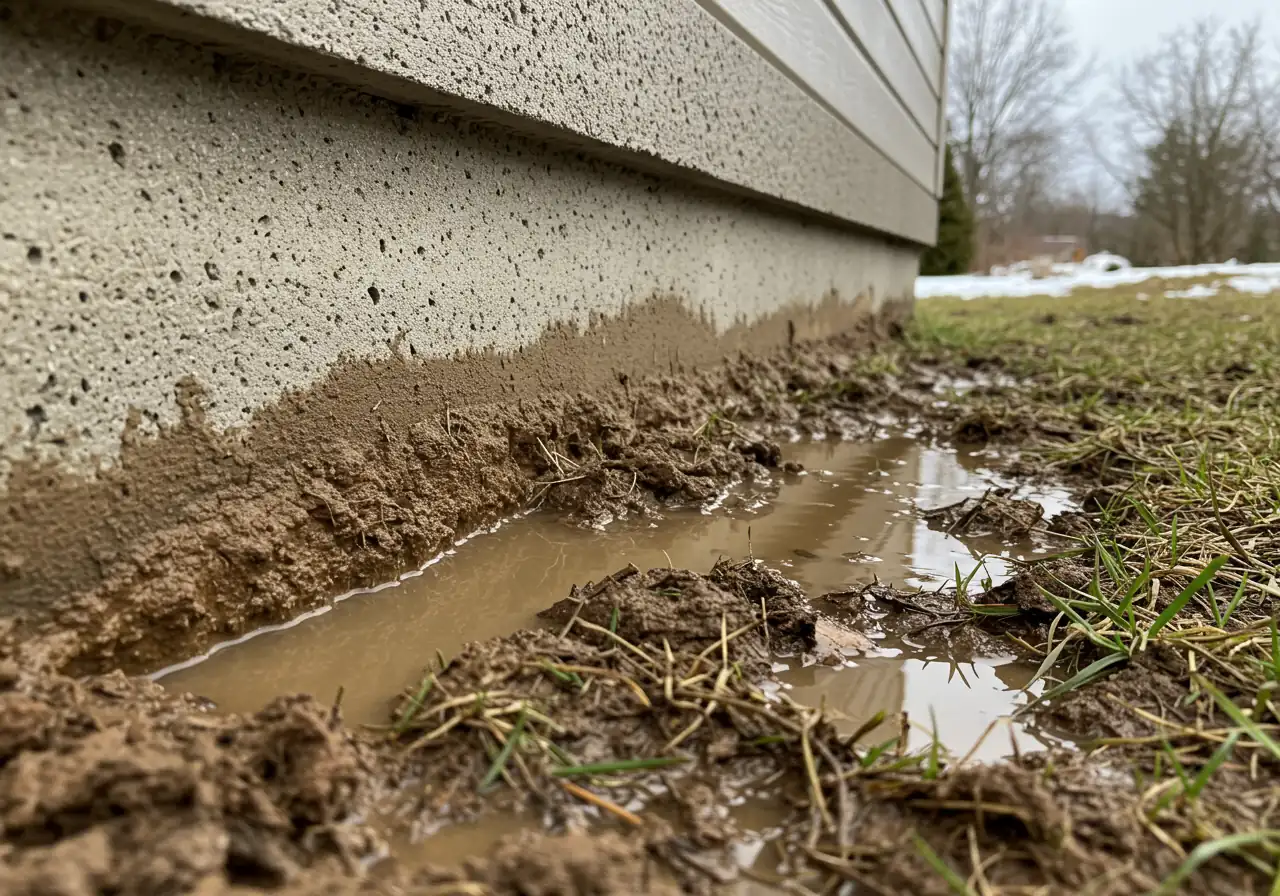
Ever feel like your Embrun yard turns into a shallow swimming pool each spring? You're definitely not alone! It's a common soggy story across the Ottawa region, from Greely right over to Osgoode. But *why* does our landscape seem to hold onto water like a toddler holding onto their favourite toy? It boils down to a few key ingredients creating the perfect recipe for sogginess.
First, let's talk about the *Great Melt*. We get a serious amount of snow around here, right? When temperatures finally climb, all that snow melts relatively quickly, releasing a *huge* volume of water onto the landscape all at once.
Second, Mother Nature often adds insult to injury with those classic heavy spring rains. So, just as the ground is saturated with snowmelt, down comes more water!
Third, there's the *frozen ground factor*. Early in the spring thaw, the top layer of soil might be soft, but dig down a bit, and you'll often hit frozen earth. This acts like a barrier, preventing water from soaking downwards. Instead, the water pools on the surface or runs sideways – often towards your house foundation. It’s also why things like pipes need protecting before winter hits; proper Osgoode sprinkler system winterization blow out prevents damage from this same freezing process.
Fourth, let's get our hands dirty and talk about *soil*. Much of the Ottawa valley, including Embrun and its neighbours, rests on a foundation of heavy clay soil. Clay particles are super fine and pack together tightly. When wet, clay soil drains *very* slowly. Water tends to sit on top or find the easiest path, which might not be where you want it to go! Dealing with this heavy, wet soil can be physically demanding; applying tips like those for Embrun ergonomic garden tools fall strain prevention can save your back during spring digging too.
Combine massive snowmelt, spring downpours, initially frozen ground, and slow-draining clay soil, and voilà! You have the soggy conditions many of us face. Understanding these factors is the first step in effective *water damage prevention* through smart *landscaping* and *gardening* practices. Tackling spring sogginess is crucial for plant survival, quite different from handling Russell commercial summer plant care issues like heat stress. Thinking ahead about *drainage* should absolutely be part of your Winchester garden health plan spring prep. If persistent pooling is plaguing your property, exploring professional landscaping and drainage services can provide targeted solutions. For insights from satisfied clients, check out our presence on Google.
Your Spring Drainage Detective Kit: Easy DIY Property Checks
Okay, grab your detective hat (a rain hat might be more useful, actually!) – it's time to investigate where water *really* goes on your property. Doing these simple checks each spring, especially before the big thaw and April showers hit the Ottawa area, can save you a world of soggy headaches. Think of it as your "Early Spring Drainage Check-Up Calendar" – pencil it in! Whether you're in Manotick, Richmond, or right here in Embrun, these steps are key.
Your Drainage Detective Checklist:- The Gutter Getaway: Look up! Are your gutters clogged with last fall's leaves, twigs, or maybe even a rogue squirrel's winter stash? Clogged gutters overflow, dumping water right next to your foundation – exactly where you *don't* want it.
Tip: Safely clear out any gunk. If you're not comfortable on a ladder, consider a thorough Russell property cleanup service that includes eavestrough cleaning. Check that gutters aren't sagging or leaking. - Downspout Direction: Follow the water's path from the gutter. Do your downspouts extend *at least* 6 feet (about 2 meters) away from your house foundation? If they dump water right at the base, you're basically inviting trouble.
Tip: Add extensions if needed – they're inexpensive and easy to install. Make sure the ground where they discharge slopes *away* from your home. - The Great Grading Game: Stand back and look at the *landscaping* around your foundation. Does the ground gently slope *away* from your house on all sides? It should drop about 6 inches over the first 10 feet. If the ground slopes *towards* your house or is flat, water will pool against the foundation.
Warning Sign: Puddles lingering near your foundation long after rain stops. This pooling is bad news for your foundation *and* impacts healthy lawn care. Fixing significant grading issues might require professional help; exploring comprehensive landscaping and drainage solutions could be beneficial. - Window Well Watch: If you have basement windows with wells, check them out. Are they full of leaves, snow, or other debris? Is there a layer of gravel at the bottom to help water drain? Blocked window wells can fill up like bathtubs and leak into your basement.
Tip: Clear out any debris. Ensuring this area is clean is often part of a good Ottawa garden clean up service. Consider installing window well covers to keep debris out. - Sump Pump Surprise Test (If you have one): Don't wait for a flood to find out if your sump pump works!
Tip: Slowly pour a bucket of water into the sump pit. The pump should kick on, pump the water out, and shut off automatically. Check that the discharge pipe outside isn't blocked or frozen and directs water far away from the house.
Catching potential problems early with this detective work is much easier (and cheaper!) than dealing with water damage later. Once you've done your checks and addressed any easy fixes, consider a general spring spruce-up with a professional Ottawa yard cleanup service to get your whole property ready for the growing season. Happy sleuthing!
Spring Drainage Prep Timeline
Late Winter / Early Thaw
Inspect gutters & downspouts for blockages (ice, debris). Check basement window wells. Ensure sump pump discharge isn't frozen or blocked.
Mid-Thaw (Ground Still Partially Frozen)
Observe water flow during snowmelt. Note pooling areas near foundation or low spots in the yard. Clear surface drainage paths (ditches, swales) of debris.
Early Spring (Ground Thawed)
Perform full DIY check (gutters, downspouts, grading). Extend downspouts if needed. Test sump pump thoroughly. Plan any minor grading adjustments.
Mid-Spring (Before Heavy Rains)
Implement easy fixes (downspout extensions, minor grading). Clean yard debris (property clean up). If problems persist, book an estimate for professional assessment.
Late Spring / Early Summer
Execute larger drainage projects (French drains, swales, professional grading). Plant rain gardens or other water-absorbing garden installations. Review project outcomes.
Top 5 Spring Drainage Fixes to Keep Your Boots Dry
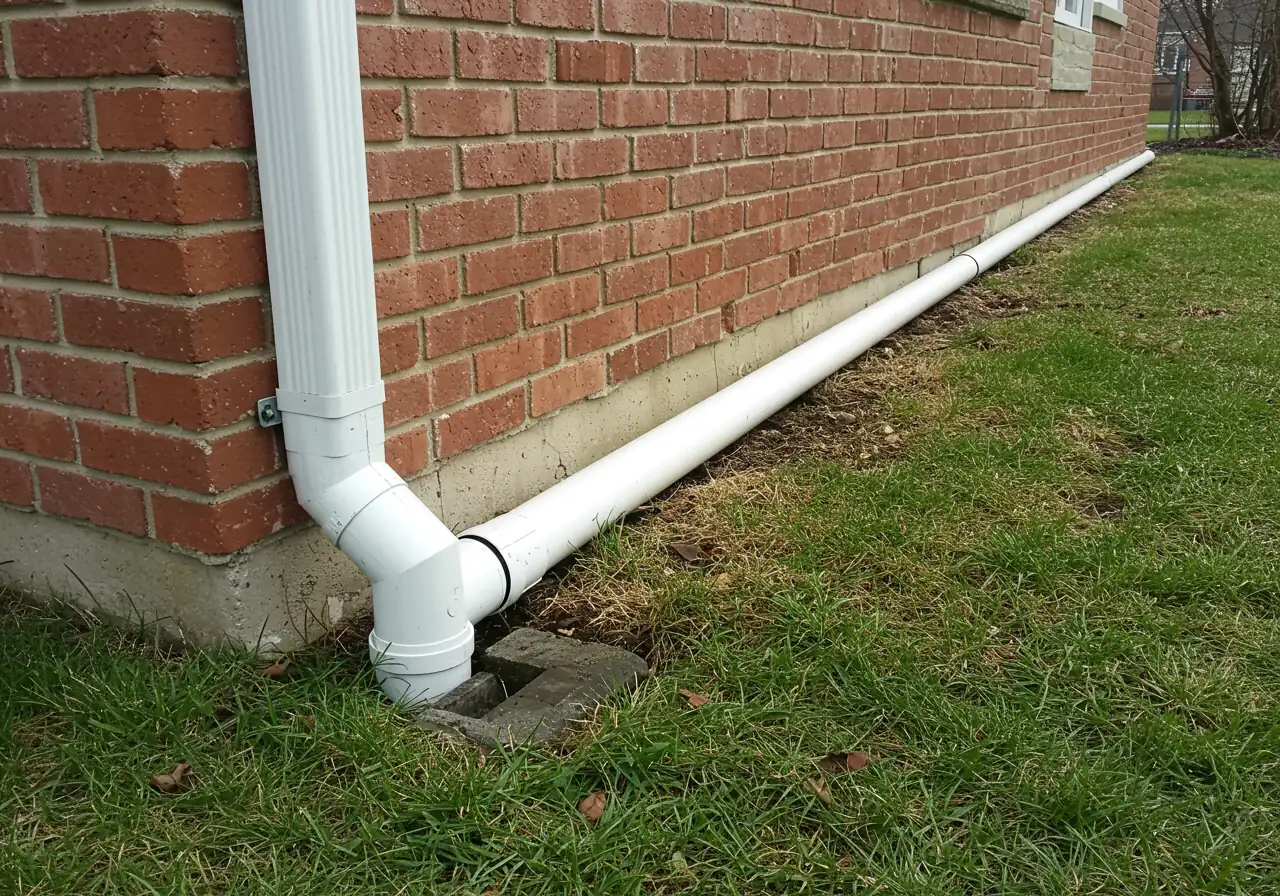
Okay, you've played detective and found some soggy spots around your Ottawa property. Now what? Don't despair! Fixing spring drainage problems doesn't always mean a massive, wallet-draining project. Often, simple solutions can make a huge difference in keeping your boots (and basement!) dry. Let's dive into five common fixes:
- Master Your Gutters & Downspouts: We touched on this in the detective phase, but it's *so* crucial it deserves top billing. Clean 'em out! Ensure they're not clogged or leaking. The biggest win here is extending those downspouts. Remember, aim for *at least* 6 feet (about 2 meters) *away* from your foundation. If yours dump water right at the base, grab some inexpensive extensions from the hardware store. It’s the cheapest flood insurance you can buy! Keeping gutters clear is often part of a reliable Ottawa yard cleanup service, getting your whole property ready for spring.
- Improve the Grade (Slope Matters!): If water pools near your house, the ground probably isn't sloping away correctly. Proper *landscaping* grading is key. Ideally, the soil should gently slope *downward* from your foundation for about 10 feet. Sometimes this involves bringing in some extra topsoil to build up the area right against the house. This isn't always a DIY job if the slope is really bad, but correcting minor issues can work wonders for *water damage prevention*. If you're tackling larger landscaping tasks, like those needed on some properties in Kars or nearby areas, getting professional advice might be wise. You can even provide estimate feedback if you've recently received a quote for grading work.
- Go French (Drain) or Dig a Swale: For persistent wet spots or areas where water naturally collects after heavy *snowmelt* or *spring showers*, you might need to actively redirect it.
- French Drain: This is basically a hidden trench filled with gravel and a perforated pipe. It collects surface and groundwater and pipes it away to a suitable *drainage* point (like the street or a dry well). Great for drying out chronically soggy lawn areas.
- Swale: Think of this as a gentle, shallow, wide ditch, often lined with grass or plants. It slows water down and directs it away from problem areas, allowing more time for absorption. It's a more visible *landscaping* feature than a French drain.
Simple Comparison:
Integrating these features effectively often ties into your overall garden maintenance plan, ensuring they function well and look good. Check out some project transformations to see how these can be integrated.Feature Visibility Primary Use Installation French Drain Invisible Groundwater / Persistent Wet Spots Trench Digging Required Swale Visible Landscape Feature Surface Water Redirection Less Intensive Digging Usually - Love Your Sump Pump: If you have a basement or crawl space prone to dampness, especially in lower-lying areas like parts of Barrhaven might experience, a sump pump is your best friend. Make sure it's working *before* the spring melt! Test it regularly (as described earlier). Ensure the discharge pipe outside is clear, not frozen, and directs water far away from the *foundation*. Consider having it professionally serviced periodically. You can often schedule recurring checks or manage your services through our customer portal if you use a regular provider.
- Plant a Rain Garden: Turn a soggy problem into a pretty solution! A rain garden is a shallow depression planted with water-loving flowers and grasses native to the Ottawa area. It's designed as part of your *gardening* strategy to collect rainwater runoff from roofs or driveways, allowing it to slowly soak into the ground rather than overwhelming drains or pooling near your house. It's a fantastic, eco-friendly approach to *drainage* and adds beauty to your yard. Planning this kind of feature could be part of a larger project discussed with an expert Metcalfe property cleanup service who handles landscaping enhancements. See our gallery for inspiration.
Tackling these fixes can significantly improve your spring drainage situation, protecting your home and making your yard much more enjoyable when the warmer weather finally arrives.
Comparing Drainage Solutions
Easy DIY Fixes
These are often the first line of defense and can solve many common drainage issues:
- Gutter Cleaning: Regular removal of leaves and debris.
- Downspout Extensions: Ensuring water discharges at least 6 ft from foundation.
- Minor Grading: Adding soil to slope ground away from the house.
- Clearing Window Wells: Removing debris to prevent water buildup.
- Checking Sump Pump Outlet: Making sure it's clear and directs water away.
Best For: Minor pooling, preventing overflows near foundation.
Professional Solutions
When DIY isn't enough, professionals offer more robust solutions:
- French Drains: Underground pipes to collect and redirect groundwater.
- Swales: Landscaped channels to redirect surface water.
- Catch Basins: Grated inlets to quickly capture surface water in low spots.
- Dry Wells: Underground pits to collect and slowly disperse runoff.
- Major Regrading: Significant earth moving to reshape landscape slope.
- Permeable Pavers: Hardscaping that allows water to seep through.
Best For: Persistent wet areas, basement seepage, complex terrain, heavy clay soil.
Need this level of help? You can easily book an estimate with us.
Eco-Smart Options
Work with nature to manage water sustainably:
- Rain Gardens: Depressions planted with water-loving native plants to absorb runoff.
- Rain Barrels: Collecting roof runoff for later garden use.
- Reducing Impermeable Surfaces: Replacing concrete/asphalt with permeable options or garden space.
- Native Plantings: Using plants adapted to local conditions, often requiring less water and promoting infiltration.
- Bioswales: Swales specifically designed with vegetation to filter water.
Best For: Environmentally conscious homeowners, reducing runoff volume, enhancing biodiversity.
Integrating these can be part of mulching and edging projects too.
When DIY Isn't Enough: Advanced Drainage & Professional Help
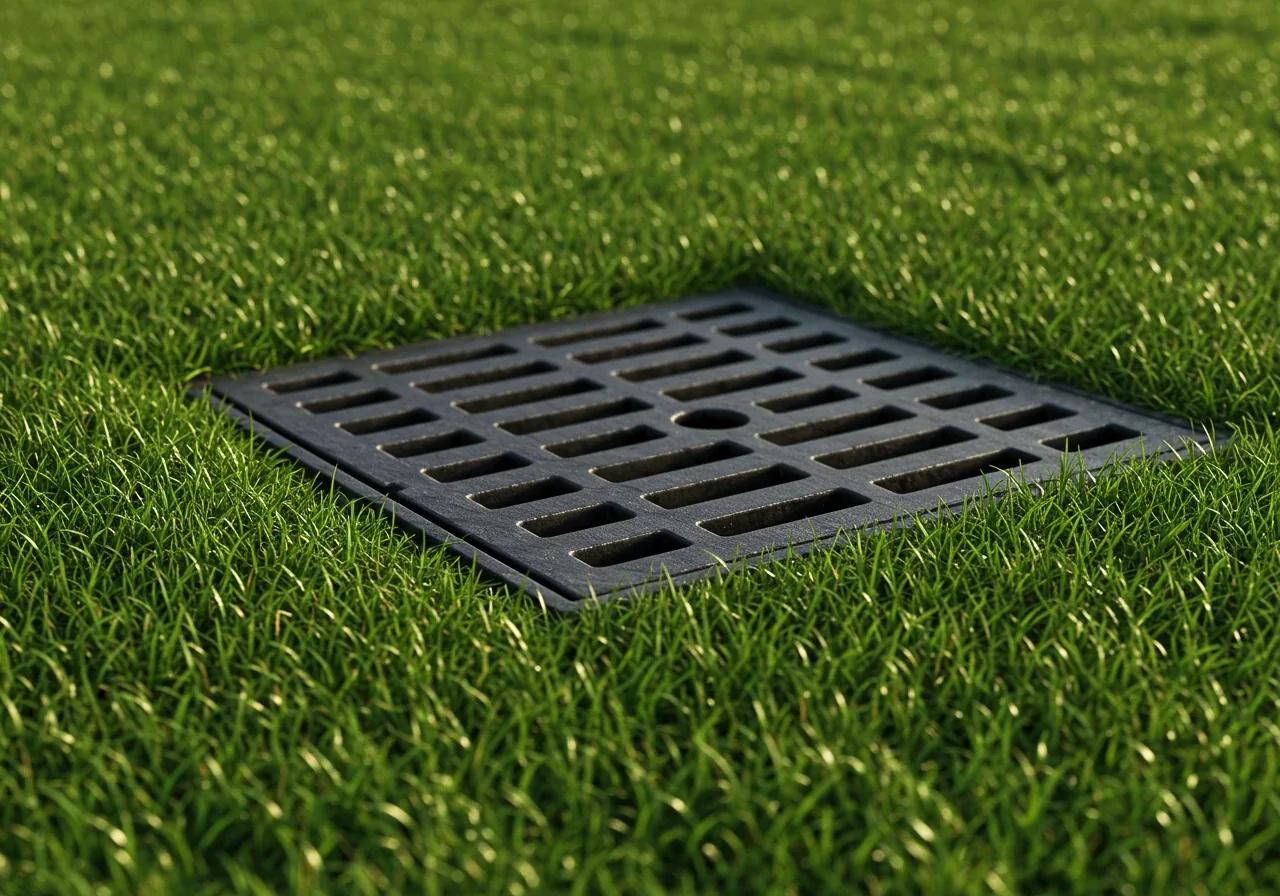
Okay, so you've cleaned the gutters, extended the downspouts, and maybe even dug a mini-trench that looked suspiciously like a swale (your neighbour gave you a funny look, didn't they?). But... the puddles persist. Sometimes, especially with Ottawa's unique spring thaw and tricky soil conditions, those trusty DIY fixes just aren't quite enough to tame the water. It’s not you, it’s the drainage challenge! When your best efforts still leave you with soggy socks after every rainfall, it might be time to explore more advanced solutions and consider calling in the pros.
We're talking about the bigger guns in the drainage arsenal. These aren't typically weekend warrior projects, but they can make a world of difference:
- Catch Basins: Think of these as mini storm drains strategically placed in low spots in your yard. They have a grate on top, collect surface water quickly, and pipe it away underground, usually connecting to a larger drainage system or a suitable outlet.
- Dry Wells: These are essentially underground pits, often lined and filled with gravel, designed to collect concentrated runoff (perhaps from several downspouts or a catch basin) and allow it to slowly soak into the surrounding *soil* over time.
- Permeable Pavers: Planning a new patio, walkway, or even a driveway? Consider permeable pavers! These look great and have wider joints filled with small gravel, allowing rainwater to seep through into a specially prepared base layer below. This significantly reduces surface runoff – a fantastic *landscaping* choice for water management. Professionals can seamlessly integrate advanced drainage with beautiful landscaping features, like installing permeable walkways alongside a new garden installation.
So, how do you know when it's time to throw in the trowel and call for backup? Here are some tell-tale signs that your drainage woes need a professional eye:
- Persistent Pooling: Water stubbornly hangs around in the same spots long after rain stops, despite your best DIY efforts.
- Basement Blues: You see water seeping into your basement or crawl space – this is a major red flag indicating a potentially serious issue near your *foundation*. Check out the City of Ottawa's flooding resources for information on basement flooding.
- Foundation Fears: You notice cracks, dampness, or mineral deposits (efflorescence) on your foundation walls.
- Tricky Terrain: Your property has steep slopes, is very flat, or has a complex layout making water flow unpredictable and hard to manage.
- Clay Combat: You're dealing with extremely heavy clay *soil*, common in areas around Ottawa like Winchester or Vernon. This stuff drains incredibly slowly and makes effective DIY digging and *drainage* installation much tougher.
- Overwhelmed: The drainage fixes needed seem too large, complex, or require significant earth moving and specialized equipment. Sometimes, persistent issues are only noticed during routine work, like that done by a dedicated Metcalfe yard cleanup service crew, who might spot early warning signs.
Calling a professional drainage expert isn't admitting defeat; it's making a smart investment in protecting your home. They have the expertise to accurately diagnose the *root* cause of the problem, assess your specific *soil* type and property grade, and recommend the most effective, long-term solution tailored to your situation. They also have the proper equipment to do the job efficiently and correctly. Before committing to a big project, it's wise to get estimates, and you can often provide feedback on drainage estimates to help companies refine their service. Plus, they can handle the entire process; significant drainage work can disrupt your *garden* and yard, and dealing with the aftermath, like leftover soil or construction debris, often calls for a thorough property clean up. Afterwards, you might need a hand getting things looking sharp again, perhaps like the services offered by a Marionville yard cleanup service team. Ultimately, professional help ensures the job is done right the first time, preventing costly future *water damage* and giving you valuable peace of mind.
Common Spring Drainage Issues & Severity
Note: Severity estimates impact potential for water damage if left unaddressed.
Eco-Smart Drainage: Working WITH Nature, Not Against It
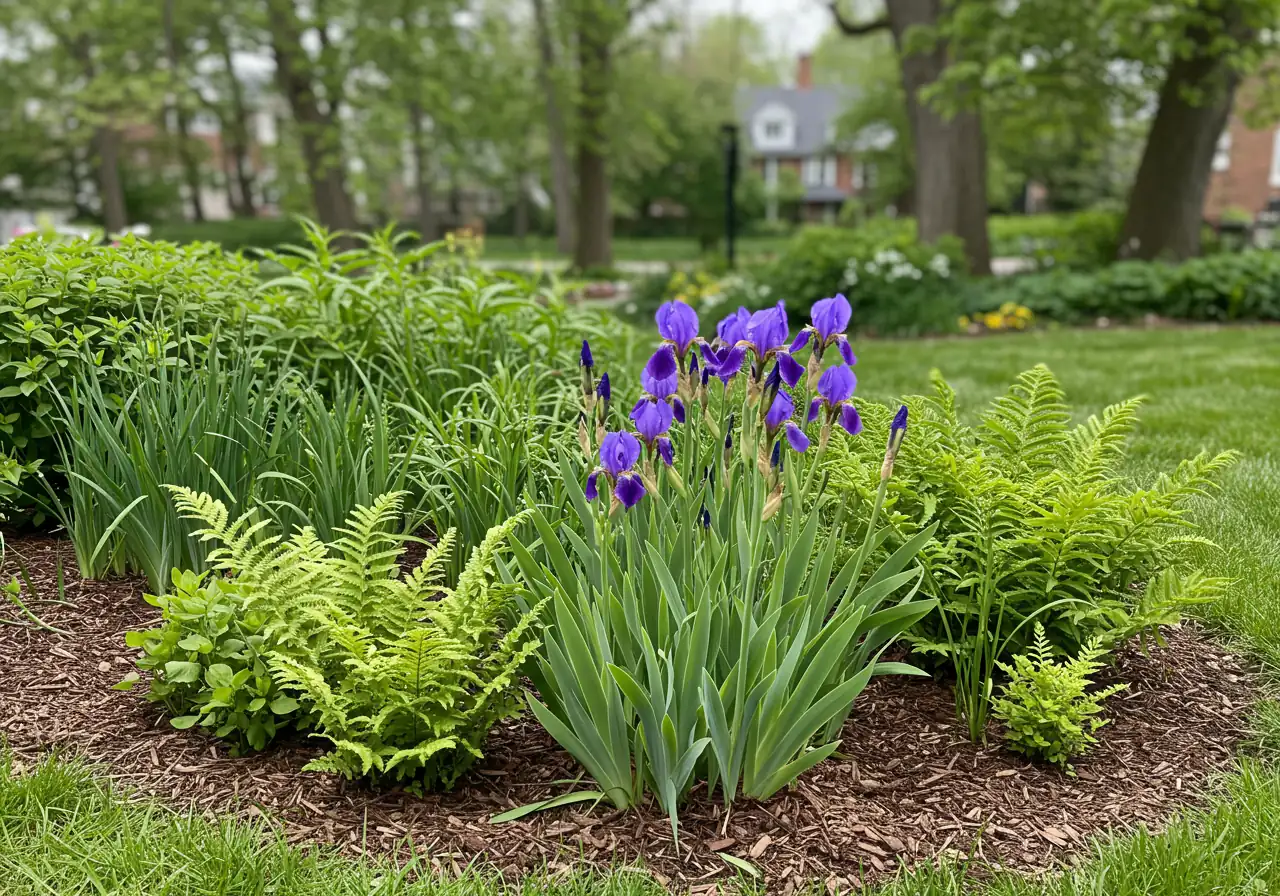
Tired of battling water like it's your arch-nemesis? What if we told you there's a way to manage spring runoff that's kinder to the planet *and* your property? That’s the beauty of eco-smart drainage! Instead of just trying to pipe water away as fast as possible, these methods mimic natural processes, slowing water down, filtering it, and letting it soak gently back into the earth. It’s a win-win, especially for environmentally conscious homeowners in areas like Kenmore or Russell who appreciate sustainable solutions. Let's explore a few ways to work *with* nature:
Plant Power: The Magic of Rain Gardens
Remember those rain gardens we mentioned? They're superstar eco-solutions! Think of them as beautiful, hardworking depressions in your yard designed to catch rainwater runoff from roofs or paved areas. What makes them so great?
- Flood Control: They reduce the amount of water rushing towards drains or your foundation.
- Water Filtration: The plants and proper soil preparation act like a natural filter, cleaning pollutants from runoff before it enters groundwater. Learn more about local watershed health from the Rideau Valley Conservation Authority.
- Habitat Creation: Native plants attract butterflies, bees, and birds – hello, backyard biodiversity!
- Beauty Boost: They add gorgeous, low-maintenance colour and texture to your *landscaping*.
For our Ottawa climate, great native plant choices that don't mind getting their feet wet occasionally include:
- Joe Pye Weed
- Blue Flag Iris
- Ostrich Fern
- Cardinal Flower
- Swamp Milkweed
Planting and maintaining these areas can be a rewarding part of your *gardening* routine. When selecting materials, consider options that support healthy plant growth and drainage; see our guide on material selection. If installing one seems daunting, integrating it into a larger project with help from an expert Metcalfe garden clean up service can make it easier.
Catch It If You Can: Rain Barrels
This is old-school genius! A rain barrel is simply a large container connected to your downspout to collect rainwater running off your roof. Why bother? You get free, naturally soft water perfect for watering your garden beds and containers – reducing your reliance on tap water during dry spells. Installation is usually simple: place the barrel on a level base, connect the downspout (you might need a diverter kit), and ensure the overflow hose directs excess water safely away from your *foundation*. Making space for barrels or preparing the area might even be part of a seasonal tidy-up handled by a thorough Metcalfe yard cleanup service.
Soften Up: Reduce Impermeable Surfaces
"Impermeable" is just a fancy word for surfaces water can't soak through, like concrete patios, asphalt driveways, or tightly packed pathways. The more hard surfaces you have, the more runoff you create. Consider reducing these areas where possible:
- Replace some concrete with permeable pavers or gravel paths.
- Opt for a smaller patio and more garden space.
- Minimize walkways, letting lawn or groundcover connect areas.
Reducing hardscaping allows more rain and *snowmelt* to soak directly into the ground, easing the burden on your drainage systems and recharging groundwater. If removing old concrete is part of the plan, remember that debris removal can be handled efficiently by pros like an efficient Marionville property cleanup service.
Embracing these eco-smart techniques isn't just good for the environment; it's smart landscaping that enhances your property while tackling drainage naturally. It aligns with a responsible approach to property care, something we believe in – you can learn more about our commitment to sustainable practices. Working with nature often yields the best results!
Quick Drainage Wins for a Drier Spring
Dealing with soggy spots after the Ottawa *snowmelt* or heavy *spring showers*? Don't let water win! Here are a few easy but mighty moves to improve your yard's *drainage* and protect your *foundation*:
- Gutter Guard Duty: Kick last fall's gunk to the curb! Clean gutters prevent overflows right beside your *foundation*. Extend downspouts *at least* 6 feet away – gently show that water the exit! Getting this done is often part of a routine Ottawa property cleanup service.
- Slope Smarts Near the Foundation: Check the *landscaping* right by your house. Does the *soil* slope gently *away*? Even minor adjustments, like adding a bit of soil to create a downward grade for the first few feet, can stop water from pooling where you least want it. Every little bit helps!
- Window Well Watch: Don't let window wells become mini-ponds inviting water downstairs! Scoop out leaves and debris so water can drain away from basement windows. For ongoing tidiness, consider scheduling regular maintenance, like the kind offered by a Metcalfe garden clean up service that includes checking these spots.
- Pump Power Check: Got a sump pump, maybe in a Barrhaven basement prone to dampness? Test it *before* the big melt! Pour water in the pit to ensure it kicks on and pumps water *far* away from the *foundation*. It's your hero during heavy Ottawa *spring showers*! Once your drainage is sorted, you’ll be shouting a big 'Thank You' to your dry basement.
Remember, tackling these simple steps can save major headaches! If you hire professionals for any *landscaping* or *drainage* work, always review their scope of work and understand the Terms and Conditions before they start.
Embrun & Ottawa Drainage FAQs: Your Questions Answered!
Ah, the dreaded squish factor! Often, it’s our lovely Ottawa Valley clay *soil* acting like a sponge. Especially after heavy *snowmelt* or *spring showers*, water drains slowly through tightly packed clay particles common in areas like Greely. Improving *soil* structure with amendments over time can help; you can explore options for soil and landscaping materials designed to promote better *drainage* and healthier lawn growth.
Think distance! A minimum of 6 feet (about 2 meters) is the golden rule for protecting your *foundation*. Anything less dumps water right beside your house, practically inviting trouble like basement leaks or foundation *water damage* over time. Adding extensions is cheap insurance! Also ensure the ground slopes away where the water discharges to keep it moving.
Sometimes, yes! Properly designed *garden* beds with amended *soil* and suitable plants can absorb some runoff. However, the key is *how* they're built. The bed base *must* slope away from your *foundation*; otherwise, you might accidentally trap water. For expert advice on effective *landscaping* design incorporating *drainage* features near your home, you can always book an expert consultation estimate.
Don't fight the wet spots – embrace them with plants that don't mind wet feet! For soggy *gardening* areas around Embrun or nearby spots like Russell, consider native moisture-lovers such as Blue Flag Iris, Joe Pye Weed, Cardinal Flower, or Ostrich Ferns. These thrive in rain gardens. If the issue is widespread soggy lawn, fixing the *drainage* first then considering professional sod installation options might be best.
It really depends on the solution needed! Simple fixes like extending downspouts cause almost no disruption. Bigger jobs like installing French drains, swales, or significant *landscaping* regrading will naturally involve digging in specific areas. Good contractors work carefully to minimize the mess and will discuss yard restoration. We value your trust; see how we handle your project information securely during assessments.
Easy peasy! If DIY fixes haven’t solved the soggy situation at your Embrun, Metcalfe, Marionville, or nearby home, getting professional advice on *drainage* solutions is a smart step. You can easily use our online form to request a drainage solutions estimate online. Simply provide your details, and rest assured, your information is handled carefully as outlined in our website privacy policy.
Conclusion: Step into Spring with Confidence, Not Wellies!
Okay, let's ditch the rubber boots for gardening gloves this spring! We've explored why Ottawa homes, from Embrun to Nepean, face those soggy spring challenges – a combo of heavy *snowmelt*, *spring showers*, and tricky *soil*. But the best news? You *can* take control! By being a drainage detective, tackling those simple fixes like clear gutters and proper grading, and using smart *landscaping* and *gardening* choices, you're building a strong defense against costly *water damage*.
Remember, proactive *drainage* care is almost always *far* less expensive (and less stressful!) than dealing with a flooded basement or damaged *foundation*. Whether it's a quick DIY fix or calling in the pros for a more complex solution needed for stubborn issues in areas like Winchester, taking action now protects your home investment. So step into the season with confidence, ready to enjoy the blooms, not battle the puddles!
Ready to protect your home? Visit our landscaping and drainage services page to see how we help homeowners across Embrun, Nepean, Winchester, and surrounding areas.
Need expert advice tailored to your yard? Contact us today to schedule a professional drainage assessment.
Looking for more quick tips? Explore our blog for handy guides and checklists to keep your property happy and dry!
